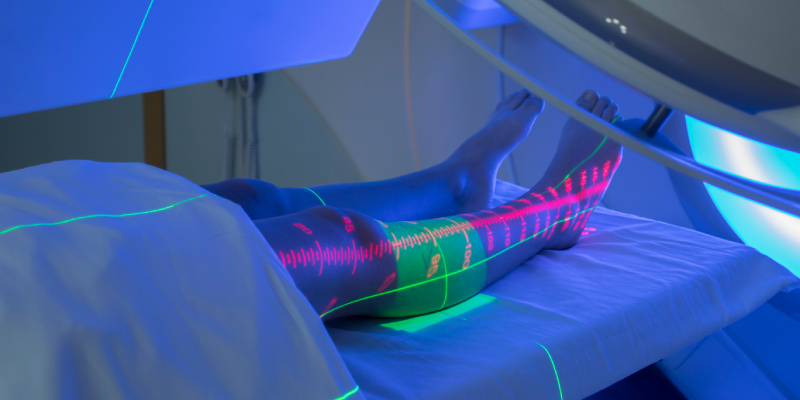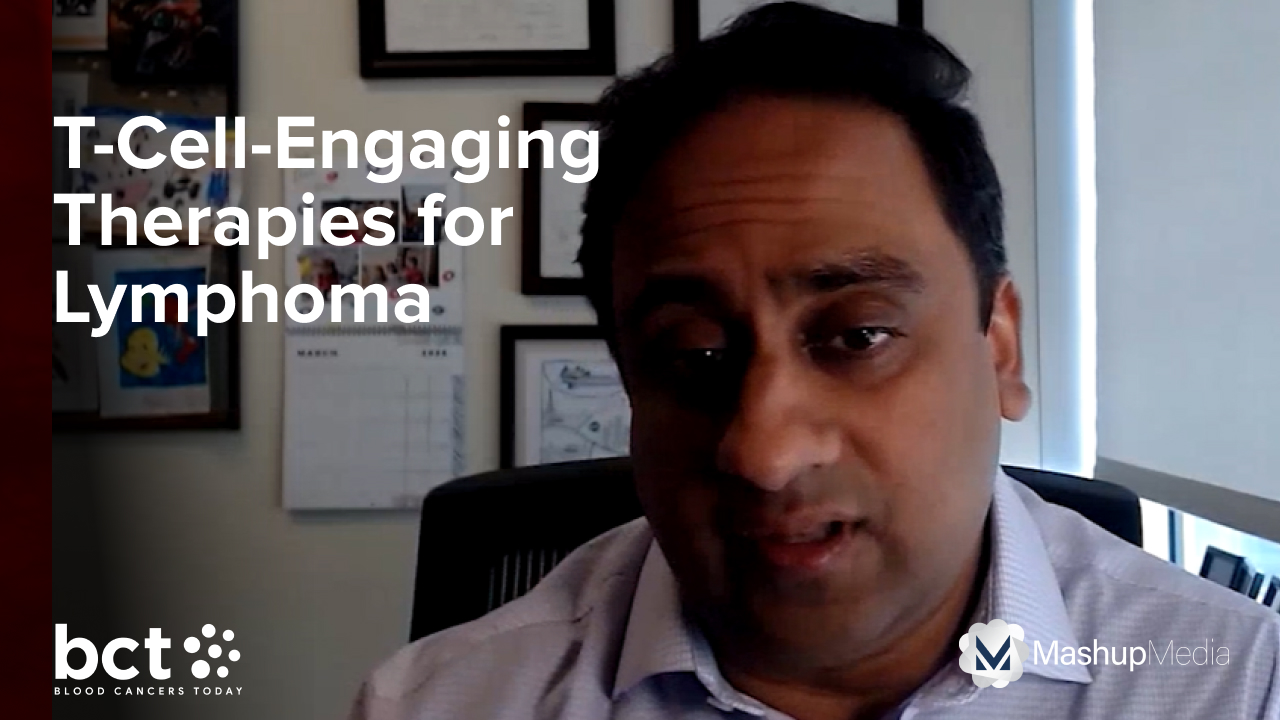
An international team of researchers conducted the H10 study to externally validate findings from the RAPID trial regarding patients with limited-stage Hodgkin lymphoma (HL) who received doxorubicin, bleomycin, vinblastine, and dacarbazine (ABVD) chemotherapy and achieved positron emission tomography (PET) negativity. The team’s work confirms findings from the RAPID trial that after therapy in this population, having higher maximum tumor diameter (MTD) carries a strong association with relapse risk, as does receiving chemotherapy alone without radiotherapy. The team published its findings in Blood Advances.
“These findings refine assessment of risk in LS [limited-stage] HL and can inform clinical discussions for risk-adapted application of radiotherapy,” wrote first author Elizabeth H Phillips, MD, of the Christie Hospital, Manchester, United Kingdom, and colleagues.
The study populations for both the RAPID and H10 trials consisted of patients with stage 1/2A HL without mediastinal bulk who achieved PET negativity with the ABVD regimen. In the RAPID trial, 208 patients received 3× ABVD with radiotherapy, and 211 patients received 3× ABVD without radiotherapy. In the H10 trial, 556 patients received 3 to 4× ABVD with radiotherapy, and 303 patients received 4 to 6× ABVD without radiotherapy.
In the RAPID trial, MTD was found to be strongly associated with event-free survival, with a hazard ratio (HR) of 1.19 (P=0.02). The H10 trial had a similar result with an HR of 1.22 (P=0.003). Phillips and colleagues noted, “Findings were consistent when adjusting for baseline risk stratification and chemotherapy cycles.”
From these data, the H10 investigators determined MTD to be an independent risk factor for HL relapse, and they estimated a 21% increase in risk for each centimeter of MTD, with a pooled HR of 1.21 (P<0.001). Moreover, treating patients with chemotherapy alone carried a pooled HR of 1.19 (P=0.005), and treatment with both chemotherapy and radiotherapy had a pooled HR of 1.24 (P=0.009), having an effect size similar to that calculated with MTD.
From their findings, the investigators determined that MTD and inclusion versus non-inclusion of radiotherapy with chemotherapy were independent risk factors for disease relapse and that this risk is highest in patients who have high MTD and in whom chemotherapy was not accompanied by radiotherapy.
Reference
Phillips EH, Counsell N, Illidge TM, et al. Maximum tumor diameter is associated with relapse risk in limited-stage Hodgkin lymphoma: an international study. Blood Adv. Published online January 7, 2025. doi:10.1182/bloodadvances.2024015140






 © 2025 Mashup Media, LLC, a Formedics Property. All Rights Reserved.
© 2025 Mashup Media, LLC, a Formedics Property. All Rights Reserved.